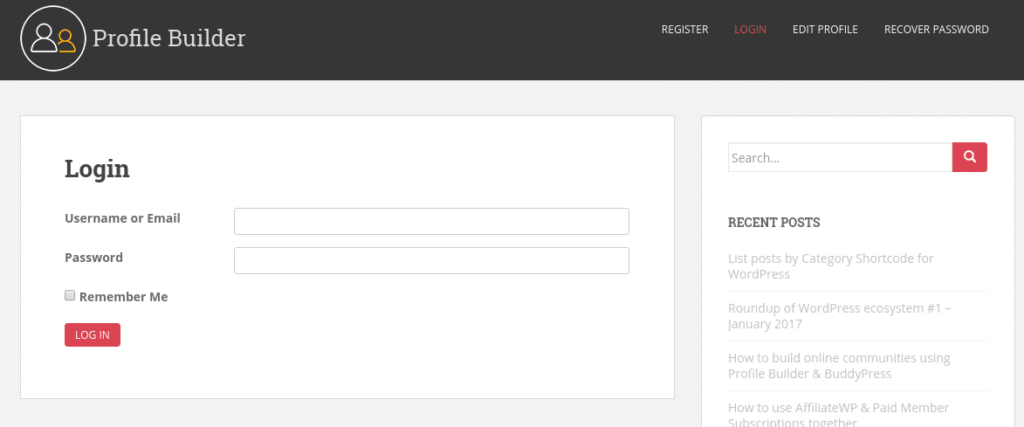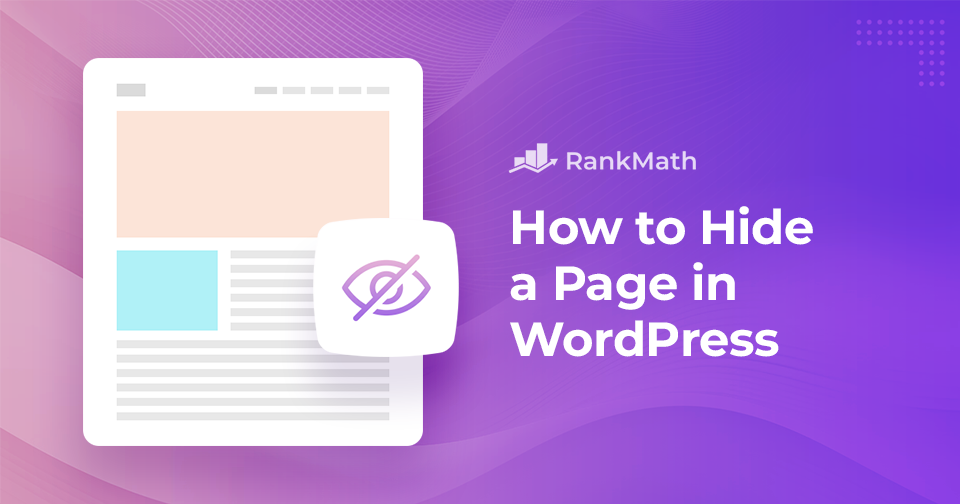How to Hide a Page in WordPress: Easy Ways to Make Pages Private or Invisible from Search Engines
Sometimes I want to keep certain pages on my WordPress site away from public view. Maybe I’m working on a draft or creating a members-only area. Whatever the reason hiding a page in WordPress is easier than it seems and can help keep my content organized and secure.
I’ve learned that there are several ways to hide a page depending on what I need. Whether I want to keep it out of search engines or make it completely private I can choose the method that fits my goals. Let me walk you through the best ways to keep those pages hidden while still making the most of my WordPress site.
Reasons to Hide a Page in WordPress
Hiding a page in WordPress offers control over who accesses site content. I choose this strategy in specific contexts for these reasons:
- Protecting Sensitive Information
I conceal pages containing member records, payment details, or internal documentation to maintain privacy and meet regulatory requirements.
- Preventing Early Exposure of Content
I restrict access to unfinished articles or marketing campaigns so data isn’t visible before I’m ready to publish.
- Excluding Pages from Search Engines
I use this when I don’t want confirmation pages, duplicate content, or test pages to appear in Google index results.
- Restricting Access for Membership or Subscription Sites
I limit areas such as VIP forums or subscriber-exclusive deals to authorized users, keeping free visitors away.
- Maintaining Clean Navigation
I hide utility pages such as legal notices, privacy policies, or outdated posts from menus to improve user experience.
Table: Common Reasons for Hiding Pages in WordPress
| Reason | Example | Result |
|---|---|---|
| Protecting Sensitive Information | Company policies, customer data | Access limited by permissions |
| Preventing Early Exposure | Draft event pages, new product details | No public viewing |
| Excluding from Search Engines | Confirmation, thank-you, staging pages | Not shown in search results |
| Restricting Membership Areas | VIP casino bonuses, private user dashboards | Only for logged-in members |
| Maintaining Clean Navigation | Terms of service, outdated FAQs | Not visible in main menus |
Methods for Hiding a Page in WordPress
I use several reliable strategies to hide specific pages on my WordPress site. Each method controls access or visibility differently and works for a range of privacy needs.
Setting a Page to Private or Password Protected
I make a page private or password protected using WordPress’s built-in visibility settings. In the page editor, I select “Private” to limit access to logged-in admins and editors only. If I pick “Password Protected,” only visitors with the correct password see the content. These options appear in the “Visibility” panel in the Gutenberg or Classic Editor.

| Visibility Setting | Who Can Access | Use Case Example |
|---|---|---|
| Private | Admins/Editors | Drafts, internal notes |
| Password Protected | Anyone with password | Event info, exclusive downloads |
Using Plugins to Hide Pages
I install plugins like “WP Hide Post” or “Members” to fine-tune who sees content. These plugins help me hide pages from specific user roles or public view entirely. Plugin features often include role-based access, hiding pages from archives, or custom login redirects.
| Plugin Name | Main Feature | Typical Use |
|---|---|---|
| WP Hide Post | Custom page visibility | Hide posts from front end |
| Members | Role-based permissions | Membership site restrictions |
Excluding Pages from Navigation Menus
I control which pages appear in my site’s menus using the WordPress “Menus” screen under Appearance. By removing links to utility or checkout pages, I keep navigation streamlined. This doesn’t restrict access directly but hides the page from the main navigation for visitors.

| Page Example | Reason to Exclude | Result for Visitors |
|---|---|---|
| Checkout | Reduce clutter | Not visible in menu |
| Member Profile | Private navigation | Only for logged-in users |
Preventing Search Engine Indexing
I hide a page from Google and other search engines by setting it to “noindex” using an SEO plugin like Yoast SEO or All in One SEO. After editing the page, I check the settings box to prevent indexing. This approach keeps sensitive or non-public pages off search results without changing front-end visibility.

| Tool or Plugin | How It Works | Best for Use Case |
|---|---|---|
| Yoast SEO | Adds “noindex” meta tag | Private pages |
| All in One SEO | Search engine exclusion | Member-only or utility pages |
Advanced Techniques for Hiding Pages
Some WordPress users require advanced solutions for hiding pages, especially when plugins or built-in settings don’t meet complex needs. I implement custom methods for finer access control and dynamic visibility across large sites.
Custom Code and Functions
Custom code expands the ability to hide pages based on conditions like user login status, referrer, or IP address. I use PHP snippets in the theme’s functions.php file or a site-specific plugin to target specific pages. For example, I add this code to restrict access by user role:
add_action( 'template_redirect', function() {
if ( is_page('private-page') && !current_user_can('administrator') ) {
wp_redirect( home_url() );
exit;
}
});
I block search engines from indexing pages using robots meta tags, included programmatically with:
add_action( 'wp_head', function() {
if ( is_page('hidden-page') ) {
echo '<meta name="robots" content="noindex, nofollow">';
}
});
Table: Conditional Page Hiding Logic Examples
| Condition Type | Function Example | Usage Context |
|---|---|---|
| User Role | current_user_can(‘editor’) | Restrict editor-only docs |
| User Logged In | is_user_logged_in() | Member areas |
| IP Address | $_SERVER[‘REMOTE_ADDR’] === ‘1.2.3.4’ | Block specific IP |
| Referral Check | strpos($_SERVER[‘HTTP_REFERER’], ‘affiliate’) !== false | Affiliate landing pages |
I use these conditional functions to manage protected content across various scenarios, maintaining privacy and ensuring only authorized users see sensitive material.
Tips for Managing Hidden Pages
Organizing hidden pages improves access control and site structure. I group hidden content in the WordPress dashboard using tags or categories for easy reference. Applying a consistent naming convention—such as “Hidden – Members Only” or “Hidden – Payment Settings”—helps me quickly identify restricted pages.
Monitoring user roles ensures proper access levels for every hidden page. I review permissions regularly to confirm that only intended users can see private or protected content. Using plugins like “User Role Editor,” I adjust roles if changes in site membership occur.
Keeping navigation clean reduces confusion. I routinely verify that hidden pages don’t appear in menus, sitemaps, or search results by double-checking menu settings and plugin configurations.
Auditing hidden content maintains security and organization. I schedule monthly reviews of all hidden pages to confirm each serves a current, valid purpose and update or remove obsolete content.
Common Tools for Hidden Page Management
| Tool/Method | Primary Use | Example Context |
|---|---|---|
| WordPress Visibility | Set page to private | Draft version of landing page |
| Password Protection | Limit access to select users | Employee resources page |
| User Role Management | Restrict by user group | Members-only bonus content |
| Menu Editor Plugins | Exclude from navigation | Utility login/reset pages |
| SEO Plugins | Hide from search engines | Internal policy documents |
I choose tools based on specific requirements for keeping sensitive or exclusive content out of public view while maintaining an organized workflow.
Conclusion
Keeping certain pages hidden on my WordPress site gives me greater control over privacy and user experience. With the right tools and strategies, I can protect sensitive information, manage access for different user groups, and keep my navigation clean and user-friendly. By staying organized and regularly reviewing my hidden content, I make sure my site remains secure and easy to manage as it grows.